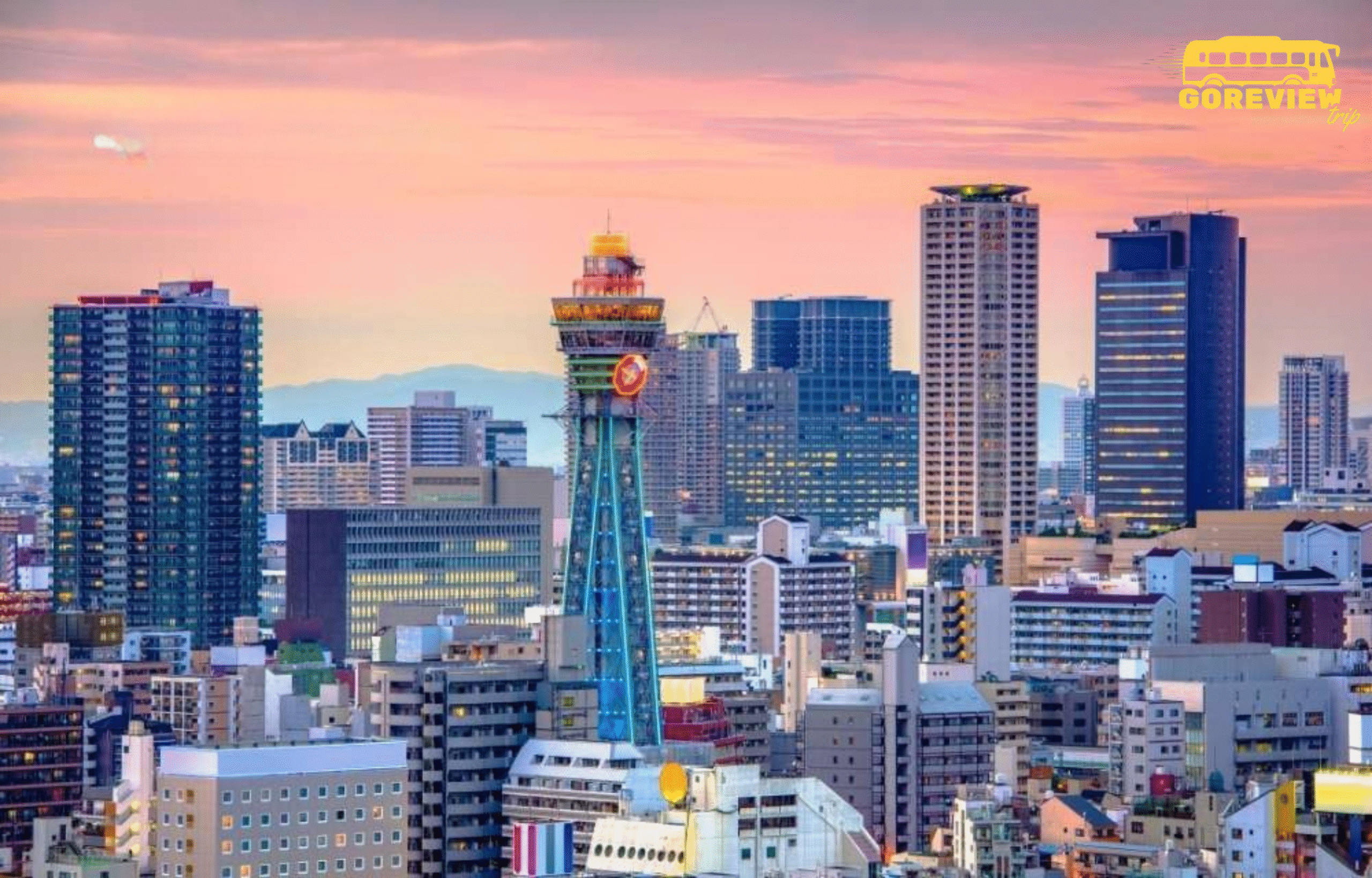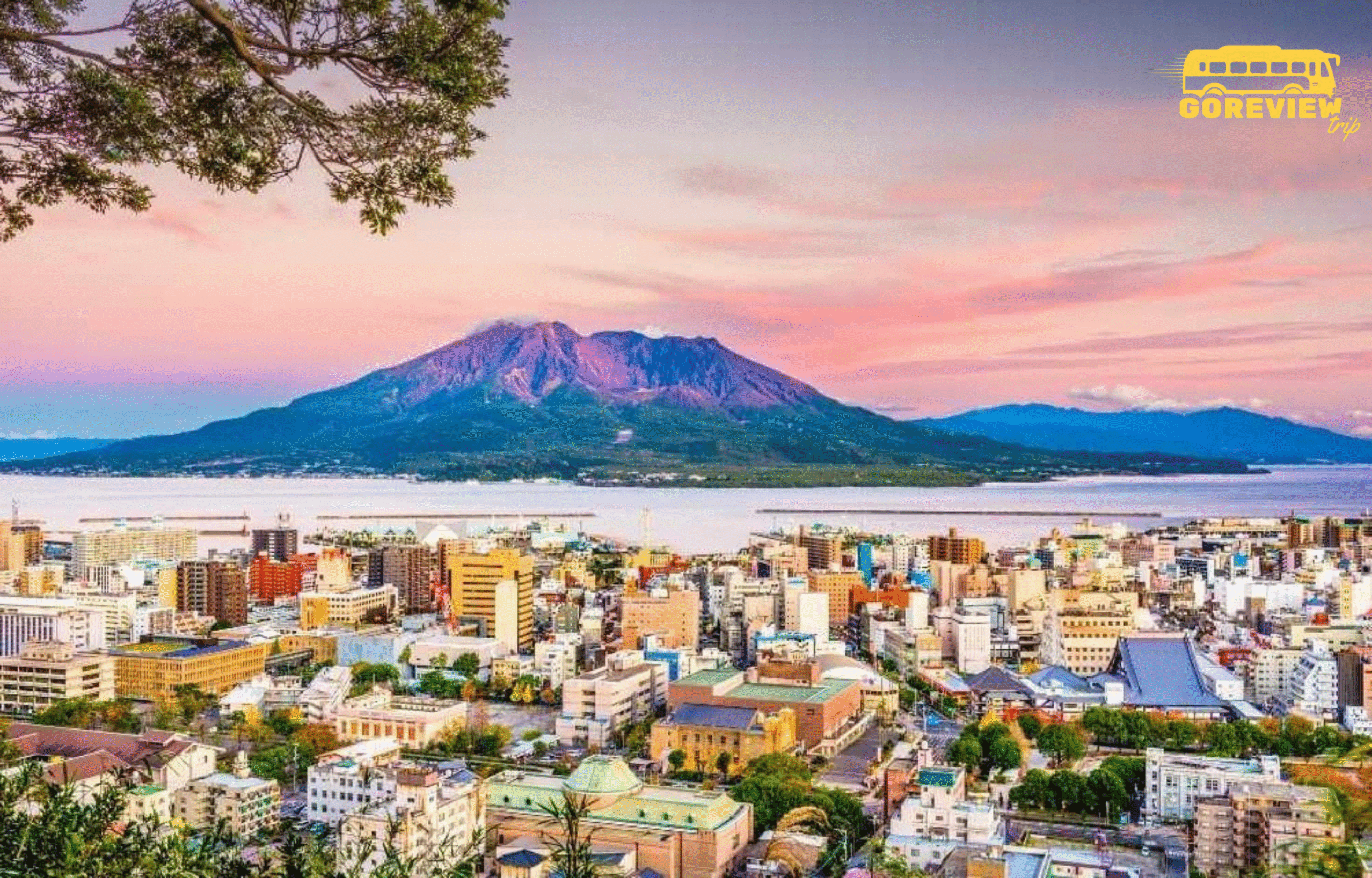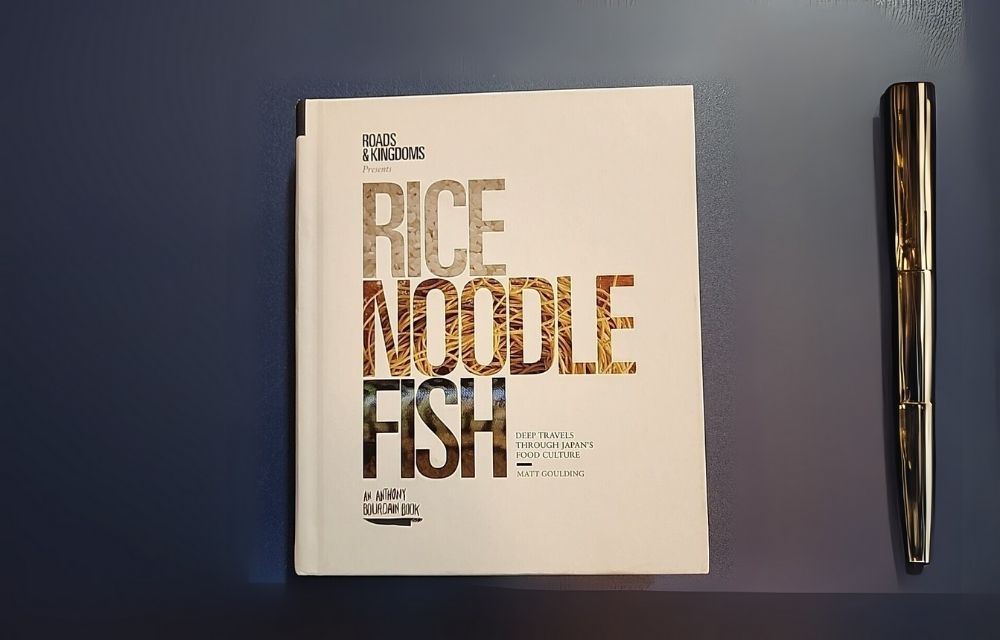Hey everyone, it’s Lyra! Welcome. Pull up a chair, grab a cup of tea, and let’s talk about one of the most exciting—and sometimes confusing—parts of planning a trip to Japan: your money.
I want to introduce you to my friend, Chloe. For years, Japan was her ultimate dream trip. She had a Pinterest board overflowing with pictures of Kyoto’s golden Kinkaku-ji temple, a saved list of Tokyo’s hidden vinyl bars, and a half-dozen spreadsheets detailing potential train routes. She had the flights, the hotels, and the itinerary down to a science. But one question kept tripping her up, sending her down late-night rabbit holes of conflicting advice.
Table of Contents
- 1 What is the best travel card for Japan?
- 1.1 Chapter 1: The Foundation – Why Cash is Still King (in Certain Castles)
- 1.2 Chapter 2: The Workhorse – Choosing the Best Travel Credit Card
- 1.3 Chapter 3: The Smart Companion – Your Debit Card & The ATM Strategy
- 1.4 Chapter 4: The Everyday Magic – Mastering Japan’s IC Cards (Suica & Co.)
- 1.5 The Ultimate Travel Hack: Put an IC Card on Your Phone
- 2 Chapter 5: The Perfect Wallet – Your Ultimate Japan Strategy
- 3 Conclusion: Your Adventure Awaits!
What is the best travel card for Japan?
Her friend Mark, who went five years ago, was adamant. “Japan is a cash society! Take thousands of dollars in yen. Cards are useless.” But her cousin, who just got back from a business trip in Osaka, said, “What are you talking about? I used my phone to pay for everything. I barely touched cash.”
Chloe was stuck in the middle, imagining two equally stressful scenarios: one where she was standing in front of a futuristic ticket machine that only accepted some kind of magical local card, and another where she was trying to pay for a beautiful multi-course kaiseki dinner with a giant wad of cash.
If you’re feeling like Chloe, take a deep breath. You’ve come to the right place. The truth is, both Mark and her cousin were right, in a way. Japan in 2025 is a beautiful, fascinating paradox—a place where ancient traditions live right alongside cutting-edge technology. And how you pay for things is the perfect example of this.
This isn’t just going to be a list of cards. This is your complete financial guide. We’re going to walk with Chloe as she figures it all out, from the quiet necessity of cash to the tap-and-go magic of a digital Suica. By the end, you won’t just know the best travel card for Japan; you’ll have a complete wallet strategy that will make your trip smoother, smarter, and more enjoyable.
Chapter 1: The Foundation – Why Cash is Still King (in Certain Castles)
Chloe’s first day in Tokyo was a whirlwind. After dropping her bags at her hotel in Shinjuku, she set out to find a legendary ramen spot she’d read about, tucked away in the tiny, lantern-lit alleys of Omoide Yokocho. She found it, a tiny six-seat counter with steam fogging up the windows. The aroma was intoxicating. After slurping down the most incredible bowl of tonkotsu ramen of her life, she walked up to the owner, a smiling elderly man, and pulled out her shiny new travel credit card.
He simply smiled, shook his head gently, and pointed to a small, hand-written sign taped to the wall. It was in Japanese, but the message was clear from the illustrations of coins and bills: Cash Only.
This was Chloe’s first, gentle lesson in Japan’s payment culture. While the country is a global leader in so many technologies, it has a deep-rooted and enduring relationship with physical currency. For many small, family-run businesses, cash is simple, immediate, and avoids the processing fees charged by credit card companies. To them, it just works.
So, while you can (and will) use cards in many places, you absolutely cannot travel to Japan without yen in your pocket. Thinking you can go fully cashless is the single biggest financial mistake a first-time visitor can make.
When will you absolutely need Yen?
- Small, Local Restaurants: That unforgettable ramen bar, the tiny tempura counter, the family-run soba shop—many of these gems are cash-only.
- Street Food & Festivals: Grabbing takoyaki in Osaka or dango at a temple festival? That’s a cash transaction.
- Temple & Shrine Entrance Fees: Most temples and shrines charge a small entrance fee (typically ¥300 to ¥600), and this is almost always paid in cash into a tray or to an attendant.
- Local Markets: Whether you’re at the world-famous Tsukiji Outer Market or a small regional market, cash is the primary way to pay vendors.
- Small Souvenir Shops: Especially in more rural or historic areas like Takayama or Kanazawa, the little independent shops will often prefer cash.
- Lockers & Some Vending Machines: While most modern vending machines take IC cards, older models or coin lockers at stations might only take coins.
- Rural Ryokans and Minshuku: Some traditional inns, especially smaller ones off the beaten path, may require you to settle your bill in cash.
Lyra’s Recommendation: Arrive in Japan with at least ¥20,000-¥30,000 in cash. For the rest of your trip, try to always have at least ¥10,000 (about $65-$70 USD) on you at all times. This is your safety net for delicious discoveries and unexpected adventures.
Chapter 2: The Workhorse – Choosing the Best Travel Credit Card
Before her trip, Chloe learned about the dark side of using the wrong card abroad from her friend Mark. He’d used his standard bank credit card on his old trip, the one he used for groceries back home. When he got his statement, he was horrified. Every single purchase, from a ¥500 coffee to a ¥15,000 dinner, had an extra 3% charge tacked on. It was called a Foreign Transaction Fee, and it had cost him over a hundred dollars.
Chloe was determined not to make the same mistake. This is where we find the first golden rule for your Japan travel wallet.
Golden Rule #1: Thou Shalt Not Pay Foreign Transaction Fees
A Foreign Transaction Fee (FTF) is a surcharge, typically 2.5% to 3%, that your bank adds to any purchase made in a foreign currency. It’s a completely avoidable cost. Getting a credit card with no foreign transaction fees is the single most important decision you can make when choosing your primary travel card. This feature alone will save you a significant amount of money.
The Great Network Debate: Visa vs. Mastercard vs. American Express
In Japan, not all credit card networks are created equal.
- Visa & Mastercard: These are the undisputed champions. They are widely accepted throughout Japan in hotels, department stores, larger chain restaurants, train stations, and major shops. If a place accepts credit cards, it almost certainly accepts Visa and Mastercard.
- American Express (Amex): While accepted in major hotels, airports, and high-end international stores, Amex acceptance is noticeably lower than Visa or Mastercard. Many smaller shops and restaurants that do take cards will not take Amex due to their higher processing fees.
- Discover: Discover card acceptance is very low in Japan. Do not rely on it as your primary card.
The takeaway: Your primary travel credit card should be a Visa or a Mastercard. An Amex is fine as a backup, but never as your only option.
Building the Profile: The Anatomy of a Perfect Travel Card for Japan
Armed with this knowledge, Chloe built a profile for her ideal card. This is the checklist you should use:
- No Foreign Transaction Fees (Non-negotiable): We’ve covered this, but it’s worth repeating. This is your number one priority.
- Visa or Mastercard Network (Essential): Guarantees the widest possible acceptance.
- Contactless (Tap-to-Pay) Enabled (Crucial): Japan is a tap-to-pay paradise. Having a contactless card is incredibly convenient for quick purchases in convenience stores, chain cafes, and more. Look for the little wifi-like symbol on your card.
- Excellent Rewards on Travel & Dining (The Big Bonus): Since you’ll be spending a lot on flights, hotels, and food, why not get something back? The best travel cards offer bonus points or miles for these categories. For example, a card might offer 3x points on dining and 2x on travel, which adds up fast.
- Travel Protections (The Safety Net): Premium travel cards often come with valuable built-in insurance like trip cancellation coverage, lost luggage reimbursement, and rental car insurance. These are protections you hope you never need, but you’ll be incredibly grateful for if you do.
Examples of Popular Cards with These Features (for research purposes):
- For US Travelers: Cards like the Chase Sapphire Preferred® or Capital One Venture Rewards Credit Card are perennial favorites because they check all these boxes: no FTFs, Visa network, strong rewards on travel and dining, and good welcome bonuses.
- For UK Travelers: Options like the Barclaycard Rewards Card or Halifax Clarity Credit Card are excellent choices, known for having no fees on overseas spending or cash withdrawals.
You don’t need a super-premium, high-annual-fee card. Many excellent no-annual-fee cards now offer no foreign transaction fees. The key is to do your research based on the five-point profile above and find the one that fits your spending habits.

Chapter 3: The Smart Companion – Your Debit Card & The ATM Strategy
Okay, so Chloe has her primary credit card sorted. But what about getting more of that essential Japanese yen when her initial stash runs low? She remembered her parents returning from a trip to Europe complaining about being charged $5 by their home bank and another €4 by the local ATM every single time they withdrew cash. Ouch.
This brings us to our second golden rule.
Golden Rule #2: Avoid ATM Fees Like the Plague
When you withdraw cash abroad, you can be hit by two separate fees:
- Your Home Bank’s Fee: A fee your own bank charges you for using an “out-of-network” ATM.
- The Local ATM Operator’s Fee: A fee the owner of the physical ATM charges for the convenience of using their machine.
A good travel debit card helps you eliminate or minimize the first fee.
The best travel debit card for Japan is one that:
- Charges no foreign transaction fees.
- Charges no fees for international ATM withdrawals.
- Even better, reimburses you for any fees charged by the local ATM operator.
Examples of Debit Cards with These Features:
- For US Travelers: The debit card that comes with the Charles Schwab Bank Investor Checking account is the gold standard for American travelers. They charge no fees of their own and offer unlimited rebates for any ATM fees charged by local banks worldwide.
- For UK/EU Travelers: Digital banks like Starling Bank and Revolut are fantastic options. They offer fee-free cash withdrawals up to a certain monthly limit and use excellent exchange rates.
Pro Tip: The Best ATMs for Foreigners in Japan
Once you have your fee-friendly debit card, you need to know where to go. You can’t just walk up to any Japanese bank’s ATM, as many do not accept foreign cards. The two most reliable and foreigner-friendly options are:
- 7-Eleven (Seven Bank ATMs): These are everywhere. In every 7-Eleven convenience store, you will find a Seven Bank ATM. They work 24/7, have an English language option, and accept a vast range of international debit cards. This will be your go-to.
- Japan Post Bank ATMs: Found inside post offices, these are another excellent and reliable option with English menus. Their hours are typically limited to the post office’s opening hours.
Chloe made a note: “Need cash? Find the nearest 7-Eleven.” It’s the simplest and most effective ATM strategy for Japan.
Chapter 4: The Everyday Magic – Mastering Japan’s IC Cards (Suica & Co.)
This is where Chloe’s travel life, and yours, will be transformed. This is the secret that unlocks the effortless, futuristic side of Japan.
After her cash-only ramen experience, Chloe noticed something. At the train station, almost no one was buying paper tickets. People were just tapping their phones or a plastic card on the ticket gates and breezing through. In the konbini (convenience store), they were doing the same thing to pay for drinks and snacks. They were using IC Cards.
An IC Card is a rechargeable, prepaid, tap-and-go smart card. It’s your key to ultimate convenience. The main cards are Suica (issued by JR East in the Tokyo region), Pasmo (for non-JR lines in Tokyo), and ICOCA (for the Kansai region of Osaka/Kyoto), but they are all interoperable. This means you can use a Suica card in Osaka, or an ICOCA in Tokyo. They work on virtually all trains, subways, and buses across the entire country.
But their use goes far beyond transit. You can use them at:
- Convenience Stores (7-Eleven, FamilyMart, Lawson)
- Vending Machines (a lifesaver for grabbing a cold drink on a hot day)
- Coin Lockers at stations
- Many Chain Restaurants and Cafes (like Starbucks or McDonald’s)
- Many Shops
The Big News for 2025: Physical Cards Are Back!
For a couple of years, due to a global chip shortage, the standard physical Suica and Pasmo cards were not for sale. Tourists had limited options. But as of March 2025, that problem is over! Standard, anonymous cards are back.
However, as a tourist, there are special versions for you, like the Welcome Suica or Pasmo Passport. These cards are designed for short stays, are valid for 28 days, and don’t require the standard ¥500 refundable deposit. You can buy them at airports and major train stations.
But there is an even better way. A way that truly feels like you’re living in the future.
The Ultimate Travel Hack: Put an IC Card on Your Phone
This is the single best piece of advice for navigating Japan in 2025. You can create a digital Suica or Pasmo card directly in your smartphone’s wallet.
- For iPhone Users: Open the Wallet app, tap the “+” sign, select “Transit Card,” find Suica or Pasmo, and follow the instructions.
- For Android Users: Open the Google Wallet app and do the same.
Why is a digital IC card the holy grail?
- Instant, Fee-Free Recharging: This is the killer feature. When your balance gets low, you don’t need to find a machine. You simply open your phone, tap “Add Money,” and recharge it using the travel credit card you have stored in your wallet. Since your phone is just passing the charge to your credit card, and you chose a card with no foreign transaction fees, this process is completely free.
- It’s Your Phone! You’re already carrying it. No extra plastic card to lose.
- Check Your Balance Anytime: Instantly see how much money you have left.
- Express Mode: You can set it as your Express Transit card, meaning you don’t even need to wake your phone or use Face ID/Touch ID. Just tap the top of your phone on the reader, and bingo, the gate opens.
Chloe set up a digital Suica on her iPhone in minutes. The next day, she felt like a local. She tapped her phone to get on the Yamanote line, tapped again to buy a bottle of green tea from a vending machine on the platform, and tapped a third time to pay for an onigiri rice ball at the FamilyMart near her hotel. It was seamless. This was the magic she had been looking for.
Chapter 5: The Perfect Wallet – Your Ultimate Japan Strategy

After a few days of experience, Chloe had perfected her system. She had moved from confusion to confidence. Her wallet was no longer a source of anxiety but a perfectly optimized tool for her adventure. This is the strategy you should aim for.
Your Ideal Japan Wallet for 2025:
- One Primary Travel Credit Card:
- Type: A Visa or Mastercard with no foreign transaction fees and contactless payment.
- Use For: Large purchases (hotels, department store shopping, nice restaurant meals, Shinkansen tickets) and, most importantly, for recharging your digital Suica/Pasmo card on your phone.
- One Backup Credit Card:
- Type: A different network from your primary (e.g., if your primary is a Visa, make this a Mastercard). Also with no FTFs.
- Use For: Emergencies. Keep it stored separately from your primary card, perhaps in your hotel safe.
- One Travel Debit Card:
- Type: A card from a bank that charges no/low international ATM fees and preferably reimburses local ATM fees (like Schwab, Starling, or Revolut).
- Use For: Withdrawing Japanese yen from 7-Eleven or Japan Post Bank ATMs when your cash runs low.
- A Digital IC Card (Suica/Pasmo) on Your Smartphone:
- Type: Set up in your Apple Wallet or Google Wallet.
- Use For: Everything else. This is your daily driver for all local trains and subways, buses, convenience store runs, vending machines, and small purchases at countless shops.
- A Modest Amount of Japanese Yen:
- Amount: Always have ¥10,000 – ¥20,000 on hand.
- Use For: Those wonderful cash-only experiences—the local ramen shop, the temple entrance, the street festival food.
This five-part strategy covers all your bases. It gives you the convenience of modern technology, the wide acceptance of credit cards, and the essential safety net of cash. It is the perfect blend for navigating Japan’s unique payment landscape.
Conclusion: Your Adventure Awaits!
So, what is the best travel card for Japan? As you’ve seen, it’s not a single piece of plastic. It’s a smart, simple system. It’s a no-fee credit card for big buys, a fee-killing debit card for cash, and the everyday magic of a digital IC card on your phone.
Planning the financial side of a trip to Japan can seem daunting, but it doesn’t have to be. By understanding the culture and preparing your wallet with the right tools, you can move through this incredible country with ease and confidence. You can focus on what really matters: soaking in the beauty of an ancient temple, getting lost in the energy of a vibrant city, and savoring every single delicious bite.
The preparation you do now will pay off a hundred times over when you’re there, seamlessly tapping your way onto a train bound for your next great adventure.
Wishing you the most amazing and smoothest of travels,
Lyra





